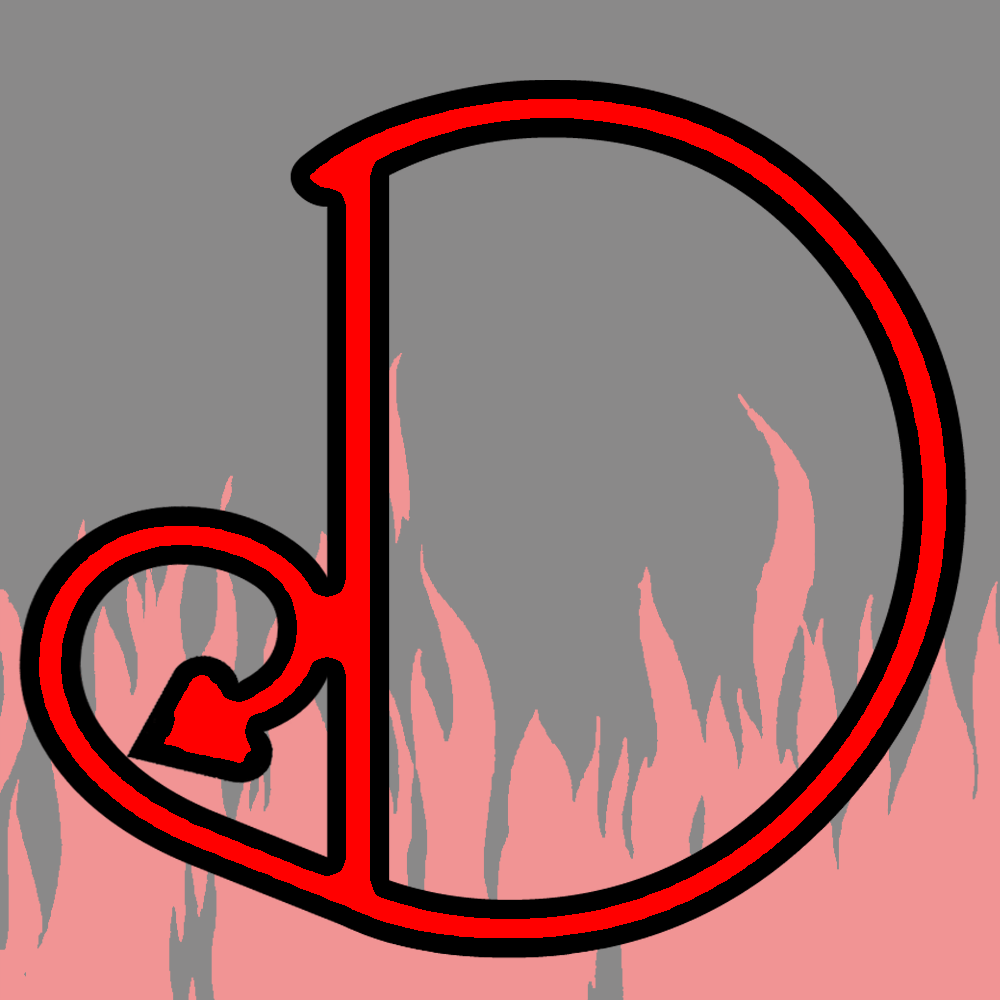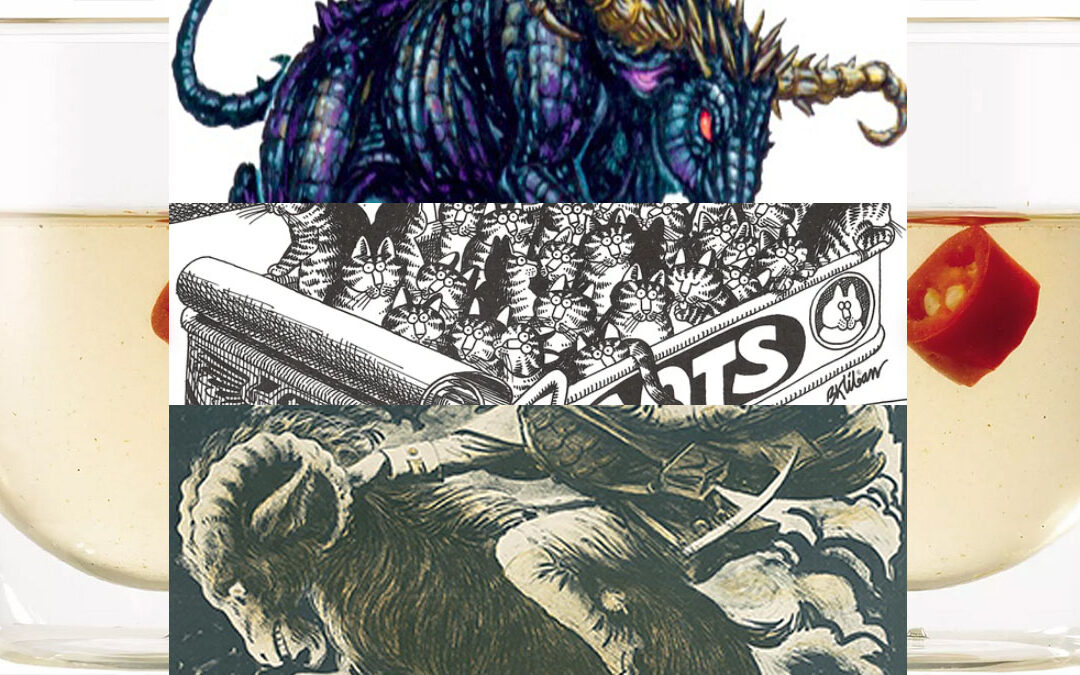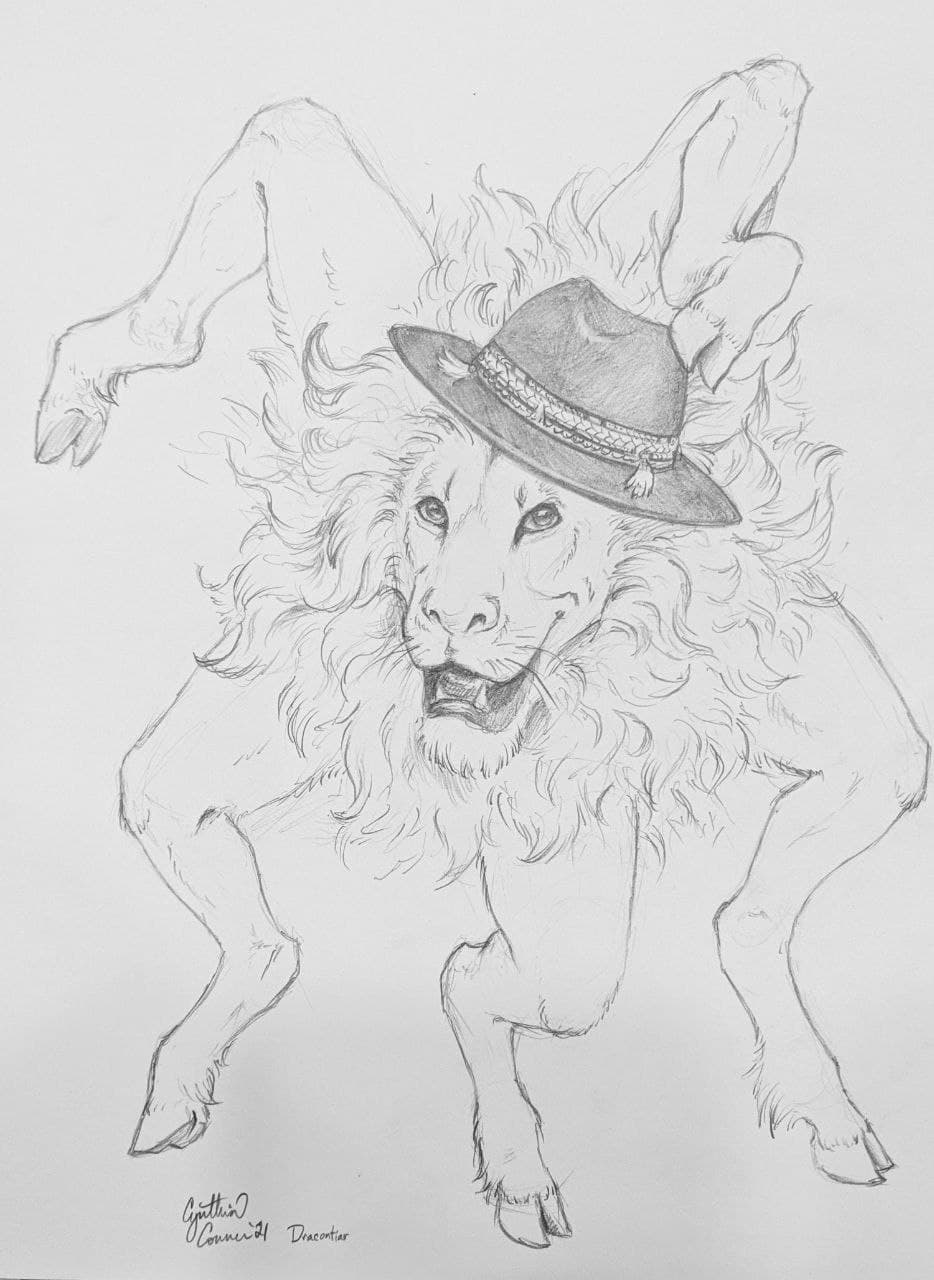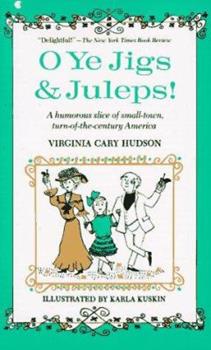You heard it here first: demons are just not that into sodomy. At least in the Reformation period. In “The Heretical Kiss: Eros and Obscenity in the Sabbath” the authors touch on this (it’s also a great article on sexuality in the world of Reformation witch hunts. At least at first, demons just wouldn’t go there, although apparently they get over their hangups and move on. In the modern era, though, Satan, the Rothschilds, Jesuits, and the Illuminati are very pro-sodomy, as it usefully leads to multiple personality disorder and demonic posession. I’m not sure if “whackadoo” is a technical term in rhetoric, but it should be.
Jamin jokes that Buer has five left feet. Sadly, Jacob has supporting evidence. Thank you to Dracontair for this Fosse-inspired Buer.
Get your own copy of the Inferno RPG by Acheron Books on Drive-Thru RPG! It’s very pretty! And as long as we’re on the topic of Inferno-inspired video games, here’s the little indie isometric graphics puzzler based on the Inferno.
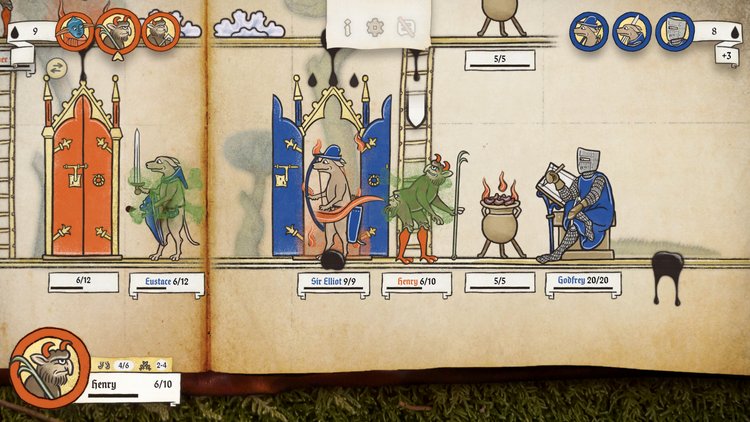
More video games! Check out Inkulinati, a game inspired by medieval marginalia!
Right-wing “Christians” attacking fantasy products is hardly news, but since we talk about it, here’s the latest dire warnings of how Disney will infect your children this halloween. (No sodomy involved. This time at least. Just Bette Midler.) There’s nothing original here, though. Just a courtesy link.
If you want a piece of less judgy Christianity, “O Ye Jigs and Juleps!” is a charmer. It’s a cute series of vignettes written by an Episcopalian girl around 1904 or so. It’s almost a different world, but not quite, because churches change slowly and reluctantly,. Jacob loves this book.
Drinks! This week is unusually digressive, 10 minutes in and we’re only just now getting to the Hair of the Dog cocktail, with thanks to The Spruce Eats. Gin, tabasco, lemon juice. No ice, no water, prepare yourself.
This week’s topic is The Wild Hunt. Jacob lifted rather heavily from the Mythillogical video on the Wild Hunt, whose take on the hunt was that while there was lots of material in the Wild Hunt extended universe, the canonical Wild Hunt is a fusion of a bunch of stories that aren’t really related, or aren’t really hunts, or are hunts but don’t quite fit the modern fantasy Wild Hunt, which was a Jacob Grimm concoction. This seems to be truish, maybe if not capital T True, but it’s definitely what Jacob brought to the discussion. Maybe he just likes Jacobs.

Wiki suggests that a proper wild hunt involves a leader of the hunt, a supernatural retinue of hunters (and/or hellish dogs or the souls of the dead). It may be an omen of doom. Wiki points out, though we didn’t get into this, which is kind of unfortunate, that regional traditions describe a “wild hunt,” a “wild host,” or a “wild army.” The Wild Hunt as seen in modern fantasy sits at the center of a bunch of overlapping circles, and it’s an open question how much of the overlapping is because of the way Grimm laid out the circles. Anyway, enough cynicism…
Ghost Riders in the Sky
Lots of folks have covered this one, but Johnny Cash is classic. The song doesn’t go back very far, it was written in 1948. Man sees the devi’s herd and the riders chasing them. Cowboy, change your ways, or with us you will ride, etc. This may be an American adaptatino of the “Buckriders” legend, devil-serving criminals that ride goats. They were hanged for their crimes and devilish ways, a sort of “stand and deliver!” version of the witch trials.
In the Deadlands tabletop RPG (Wild West with a lovecraftian edge), “Los Diablos” come for the party when they’re local heroes, but ain’t yet become legends, and folks trampled to death by them join the herd.
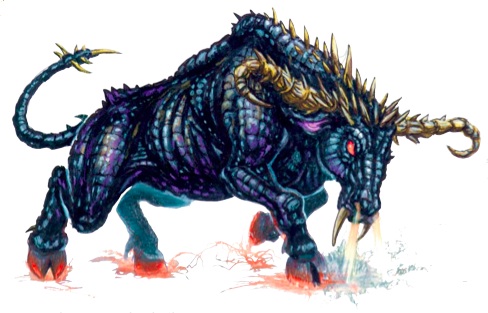
(wiki) Frau Perchta, “the bright one,” has comeup in the past when we were talking about Krampus – Perchta is a wintery goddess of the Twelve Days of Christmas that scares children into good behavior and sometimes give them small coins (which is better, presumably, than stuffing them with sraw or just eating them.) She may or may not be the same as Holda, who may or may not be a goddess (although apparently Jacob Grimm tried to set her up as one).
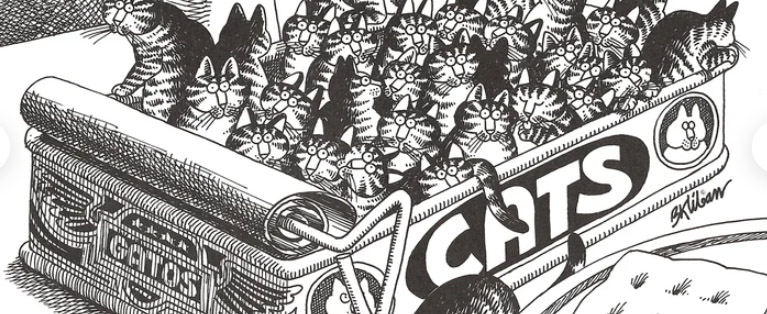
B. Kliban was a quirky cartoonist. The quirkiest. You can learn about him on eatmousies.com
Flying with Diana
A myth that connects the Wild Hunt with the Sabbath…one of a few, it seems…was the idea of “flying with Diana.” One of the big central visuals of the black sabbath was the idea of witches swooping through the air on brooms, and there seems to have been a medieval idea that women would swoosh through the air along with the goddess Diana, who is, relevantly, a goddess of the hunt. This wasn’t an evil act necessarily, it was magic and that could be used for good or ill, but 500 years down the road this harmless passtime may end up becoming the broomstick flight to the black mass.
Welchelin and the Purgatorial Procession
From the writings of Orderic Vitalis around 1100 AD, generally regarded as a sensible historian, we have the story of the young priest Wachelin who encountered a grim procession of the dead…sort of a walking tour of the torments of purgatory and hell. Weirdcatholic.com has a nice summary and commentary on this parade of the dead. Parades and marches seem to be associated with the Wild Hunt in an inextricable way, even though Wachelin’s story isn’t particularly wild or particularly hunty. It raises some questions about what’s at the heart of the myth: the hopeless movement of the dead?
La Chasse-Galerie
(wiki) The Canadian version of the wild hunt seems to have sprouted up when French settlers in Canada traded folk stories with the First Nations peoples, merging a European “nobleman who bailed on Sunday Mass to hunt condemned to roman the night forever” story with a local story of a flying canoe. Some lumberjacks, drunk on New Years Eve, made a pact with the devil to get to see their girls some 300 miles off. This story has a lot more engaging detail than its Germanic couterparts, with canoes side-swiping church steeples, a little low-key blasphemy, some light B&D. Happily, there’s a musical version!

Harlequin?
This is both complicated and a little dull, not sure it needs much discussion, although it’s interesting that the story begins with Orderic Vitalis and his purgatorial parade: the character Harlequin, a sort of “king of the fey” character evolves out of…or contemporaneously with? We’re not sure…one of a number of fictional ancient British kings, who gets into a sort of Rumplestiltskin story. Somehow this character jumps from Arthurian myth to the Italian stage, with…wait for it…a stop in Dante’s Inferno to get synchretized with the Dante demon Alchino. It’s all connected! Let Jo-Anne Blanco explain it to you.
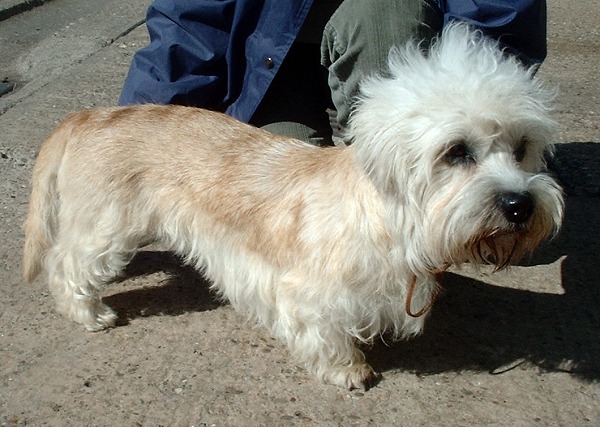
The Hound of Hell: a dandy Dintmont terrier, image by Sannse
Malit-y-Nos
(wiki) Image at right by Quentin Blake, though he seems to have taken some artistic liberties. “Matilda of the Night” is a Welsh crone who flits around with Arawn and the hounds of the wild hunt, ushering lost souls to the Celtic otherworld. Like so many folks associated with the Wild Hunt in its various forms, in one version of her story she declared “if there’s no hunting in heaven, I would rather not go!” And there you go.

Furry Day (a pointless aside)
Cornwall in England seems to be a time capsule of folk traditions. One suspects that this is its local industry. Furry Day is an early May tradition. The town gets gussied up for Spring, chindren dance, Robin Hood and his merry men come for the party, folks sing “Hal-an-Tow” (Jacob has loved this song for years, Tempest’s version is particularly good). There’s a dragon.
Interestingly, this entire experience is MUCH more Hell-adjacent than we thought, and we may come back to this in early May.
Podcast: Play in new window | Download
